Angkor Wat is a huge, 12th century, temple complex located in Siem Reap province, Cambodia. Angkor Wat is the world’s largest religious structure, covering more than 400 acres (nearly 2 sq km) and containing more than 1,000 buildings. Angkor Wat means “Temple City” or “City of Temples” in Khmer. Angkor Wat was built in the 12th century by King Suryavarman II as his state temple and capital city, and is considered one of the great cultural wonders of the world. Angkor Wat is so well known that when we were planning our 4-day visit to Siem Reap and the Angkor temple complex, we told everyone we were going to visit Angkor Wat. Little did we know that Angkor covers nearly 100,000 acres (more than 400 sq km) and includes more than 1,000 temples! Angkor Wat is only one of those temples. But, it is certainly the best known and largest.
Angkor was actually a city, which served as the royal center for the dynasty of Khmer kings. Khmer was one of the largest, most prosperous, and most sophisticated kingdoms in the history of Southeast Asia. Angkor Wat was one of literally hundreds of construction projects the Khmer executed from the end of the 9th century until early in the 13th century. According to inscriptions in the temple complex, construction took approximately 30 years, 300,000 laborers and 6,000 elephants to complete, spanning from around 1122 to 1150 AD.
The temple is decorated with countless engravings and sculptures, all of which are Hindu in design. The temple was dedicated to the god Vishnu, and features five large central towers that are said to symbolize the peaks of Mount Meru, the Hindu home of the gods. Mount Meru was said to be surrounded by oceans, and the complex is surrounded by an enormous moat that symbolized the oceans. The moat is approximately 650 feet (200 meters) wide, encompasses a perimeter of over 3 miles (5 kilometers), and has a depth of about 13 feet (4 meters). The only access to the site is across a 617-foot (188-meter) causeway.
The seven-headed naga (mythical serpent) that guards the causeway is a symbolic bridge for humankind to reach the abode of the gods.
After crossing the causeway, you enter the temple grounds through the Western Gate.
Once inside, you are met by the imposing temple grounds. The grounds inside the outer walls encompass some 200 acres (820,000 sq meters). As you cross the grounds to the inner temple, across a second causeway, you will see a library and a pond on each side of the causeway.
At the end of the second causeway, you’ll find a second set of gateways. The central temple is reached by passing through three galleries, each separated by a paved walkway.
Photo of inner gateway
Stretching around the outside of the central temple complex is an 875 yard (800m) sequence of incredibly detailed bas-reliefs, with intricate carvings depicting historical events and stories from Hindu mythology. The most famous of these are panels showing the Churning of the Ocean of Milk – the ancient Hindu creation story – and a frieze featuring Suryavarman II and his all-conquering armies on the march.
The temple is famous for having some 2000 beguiling apsaras (celestial nymphs) carved into its walls. Each of them is unique, and there are reportedly 37 different hairstyles.
The stairs to the upper level of the temple are deliberately steep, emphasizing that it shouldn’t be easy to reach the level of the gods.
The upper level of the temple is known as the Bakan Sanctuary. From this elevated position, there are impressive views across the vast temple compound and surrounding forest.
Angkor Wat was rededicated as a Buddhist temple in the 14th century CE and statues of the Buddha and Buddha-related stories were added to the already impressive iconography. As the Buddhists respected the beliefs of the Hindus who still worshipped there, all of the original statuary and artwork was left in place. At the summit, four Buddha images stand in the doorways of the central tower, showing the temple’s transition from Hinduism to Buddhism under King Jayavarman VII.
Angkor Wat is #1 on our list of the 5 best sights to see in Angkor, Cambodia (add link).

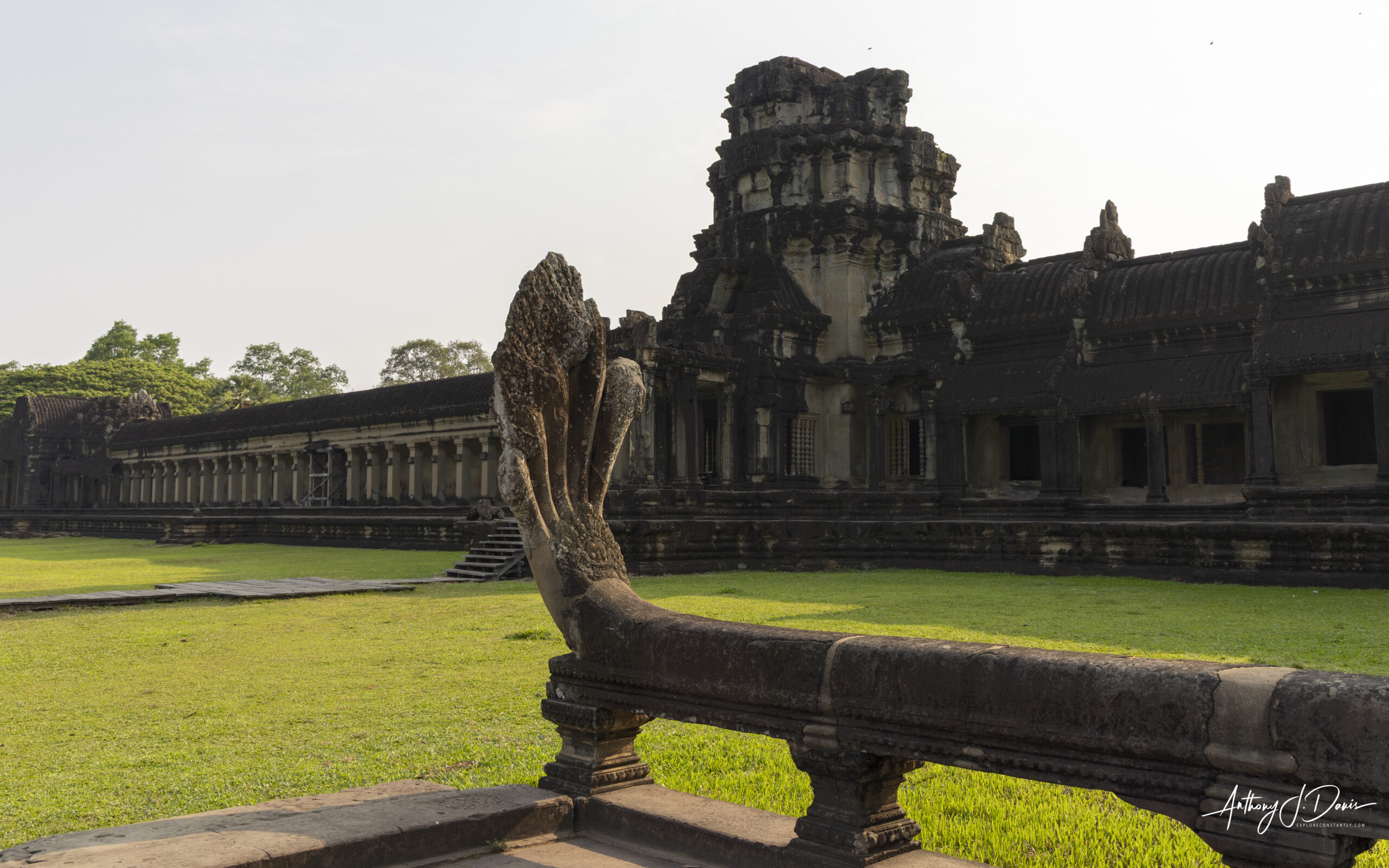
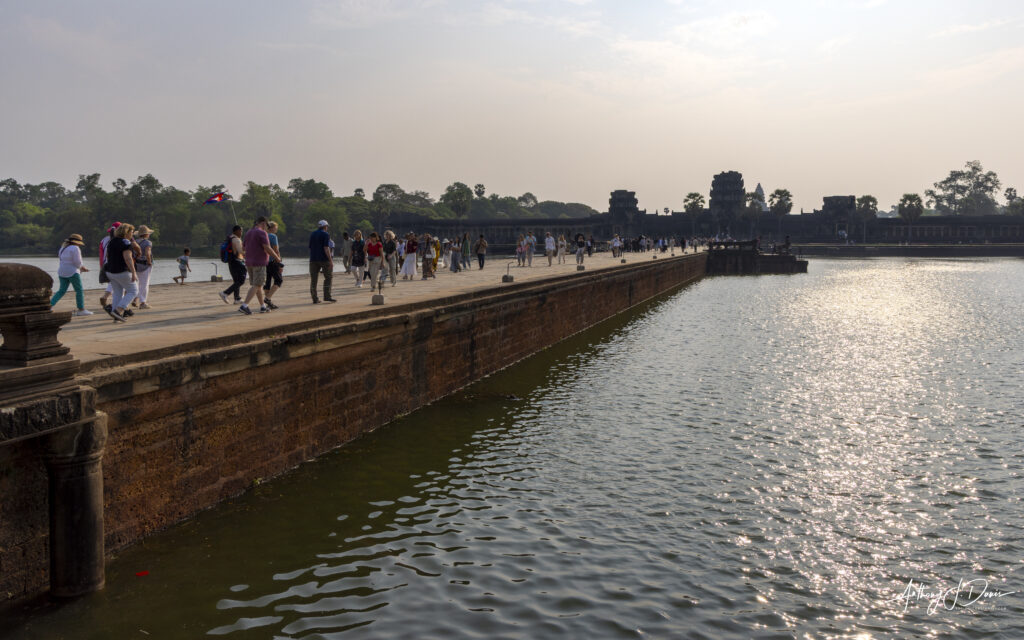
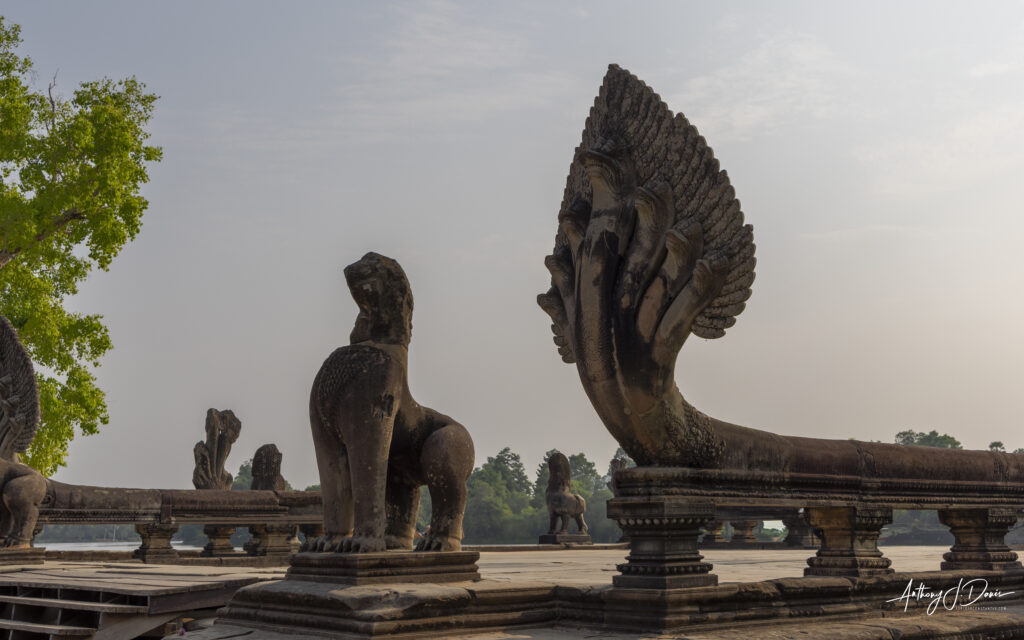
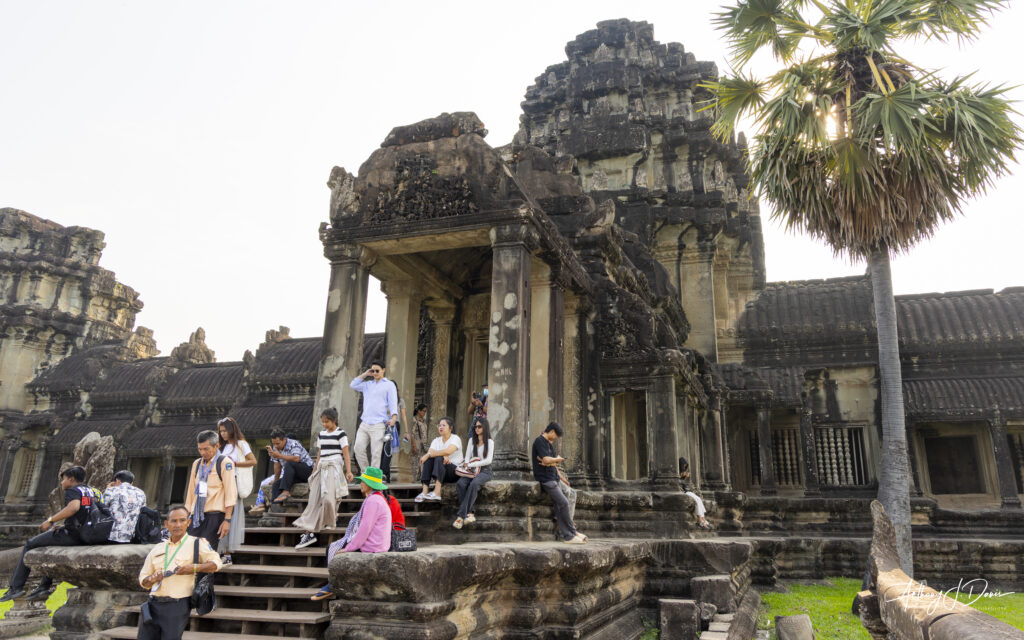
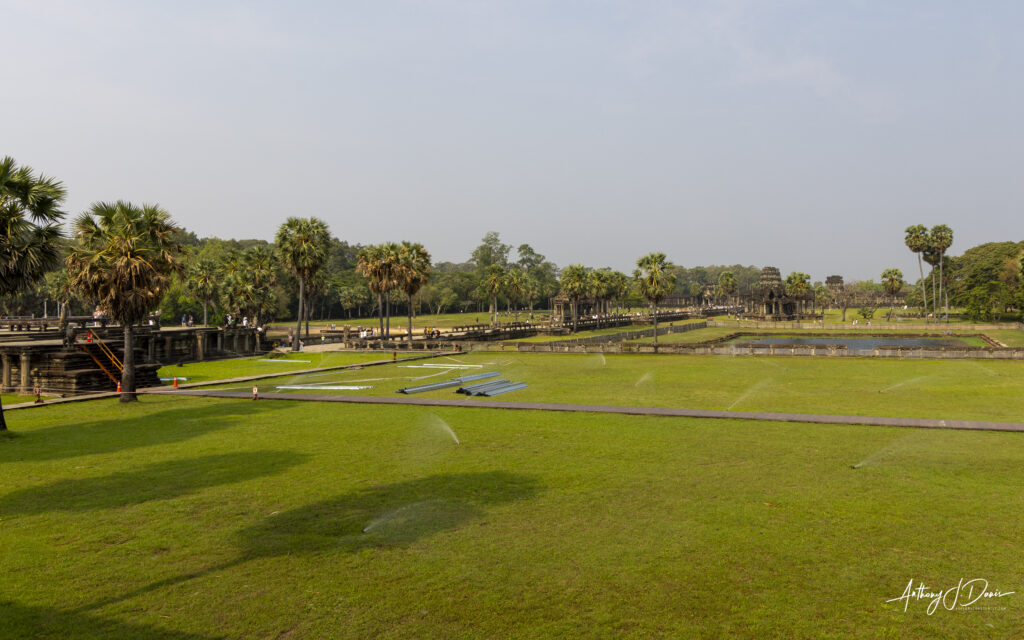
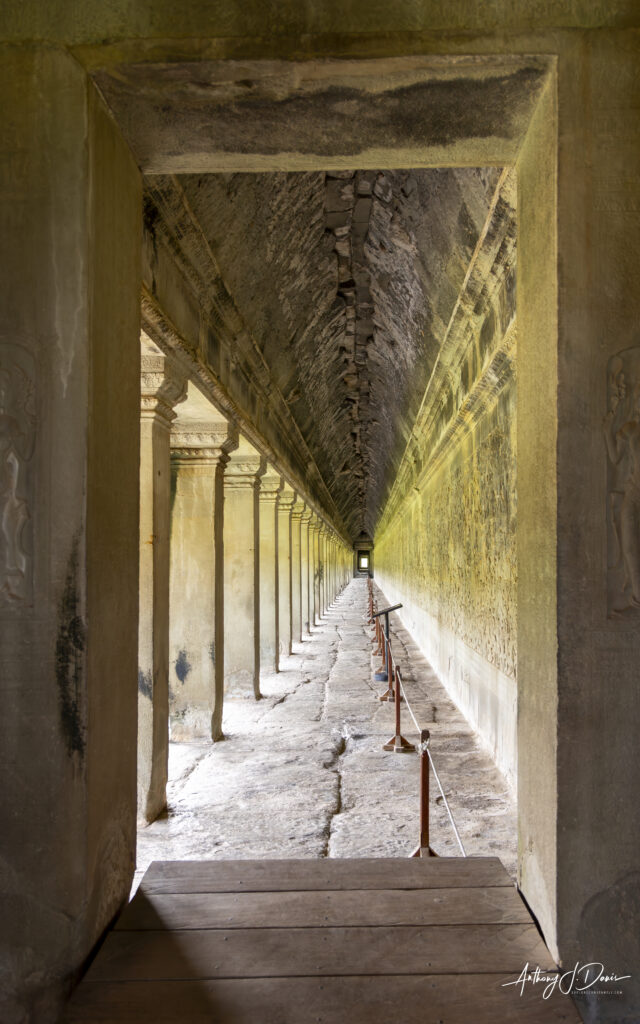
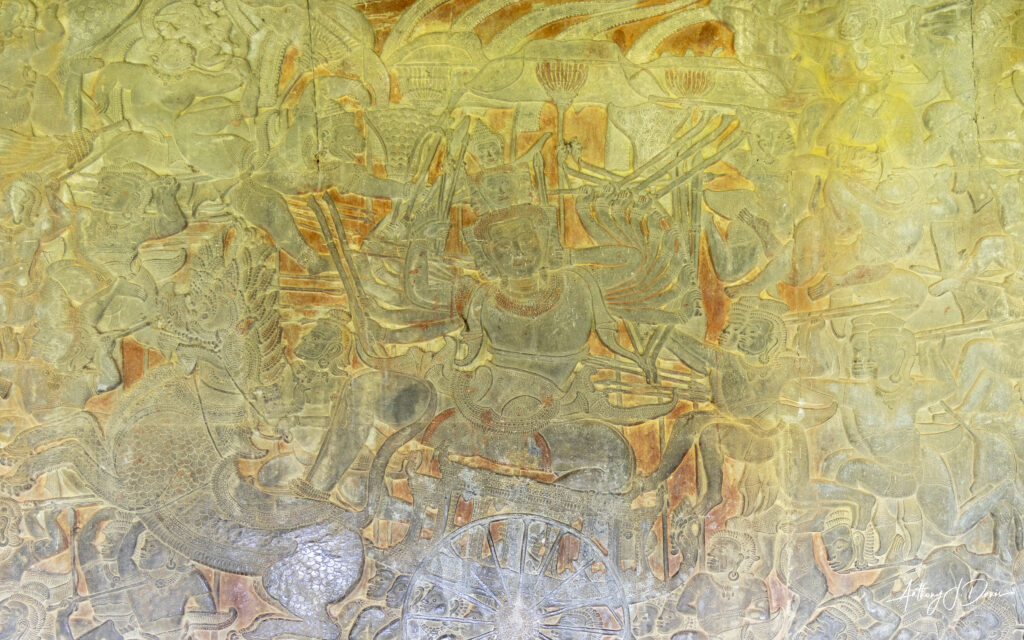
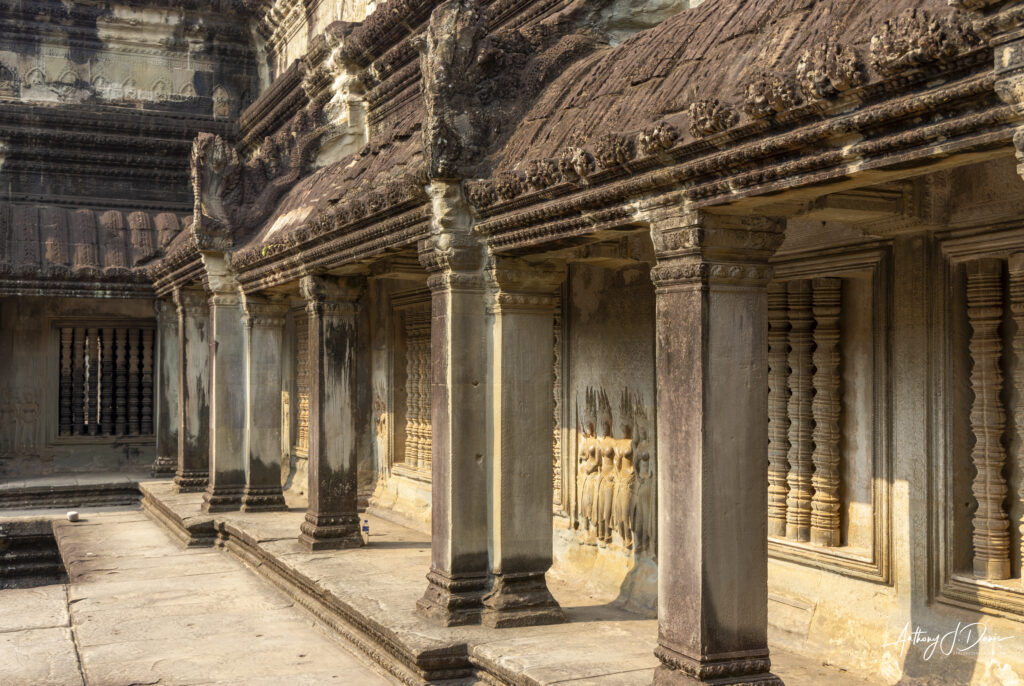
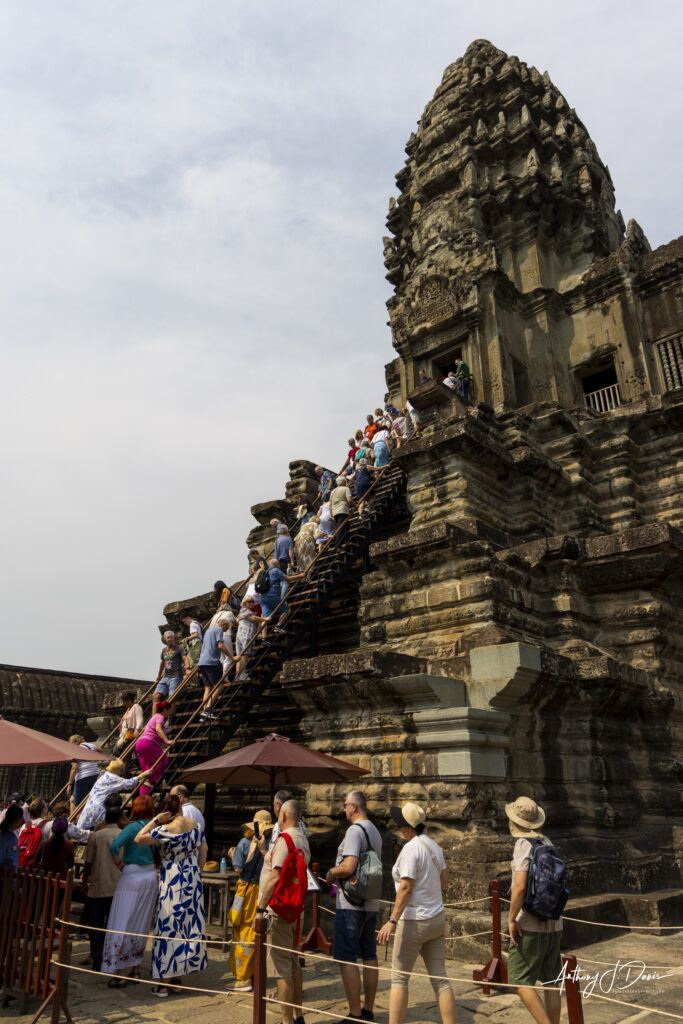
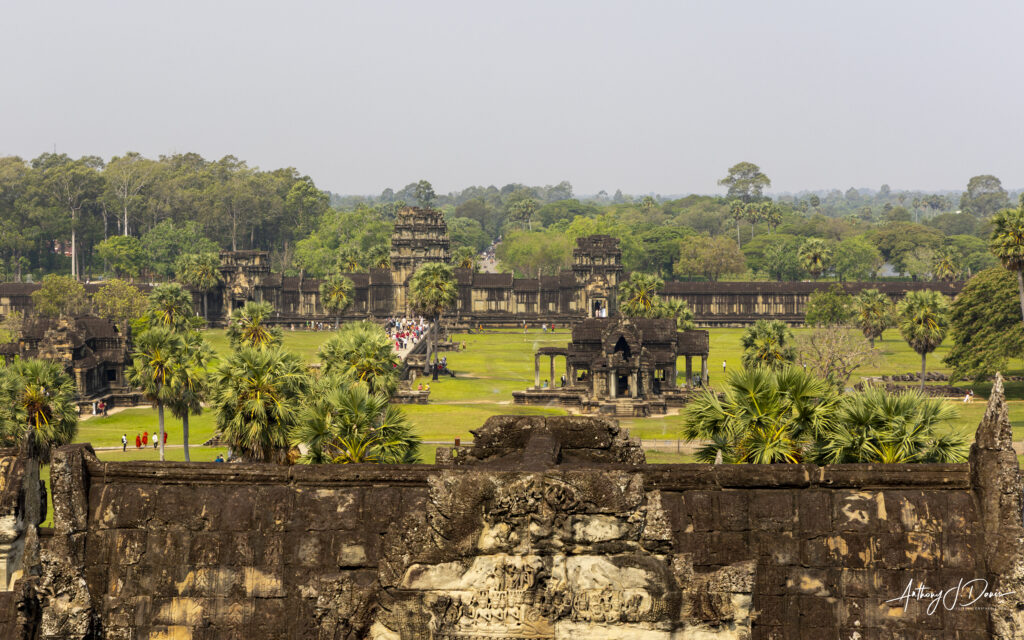
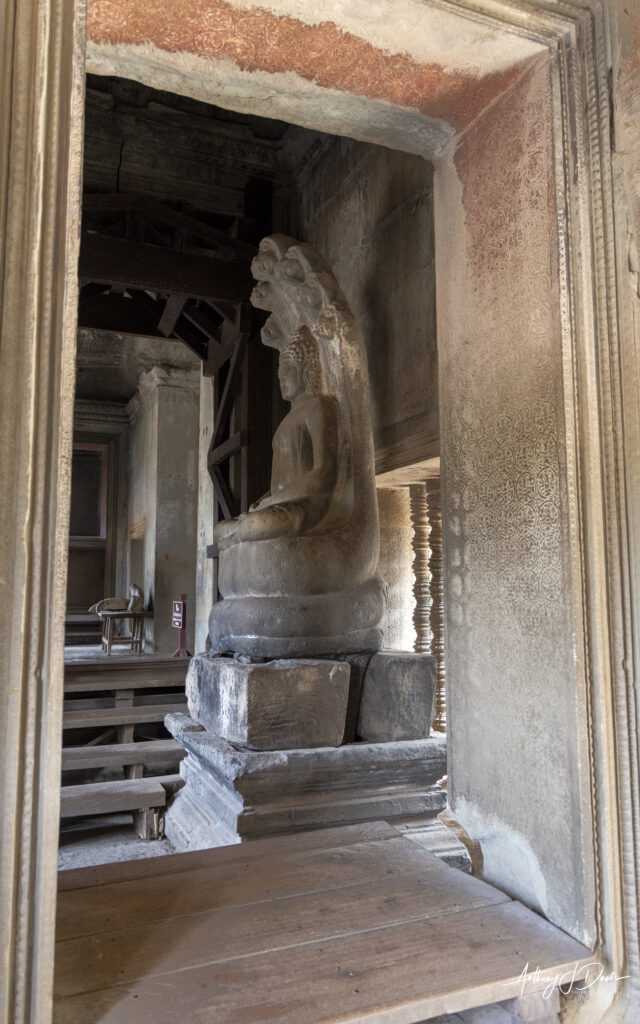

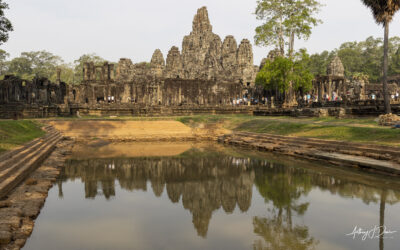
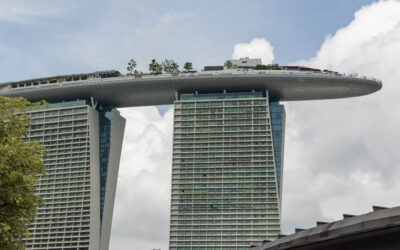
0 Comments